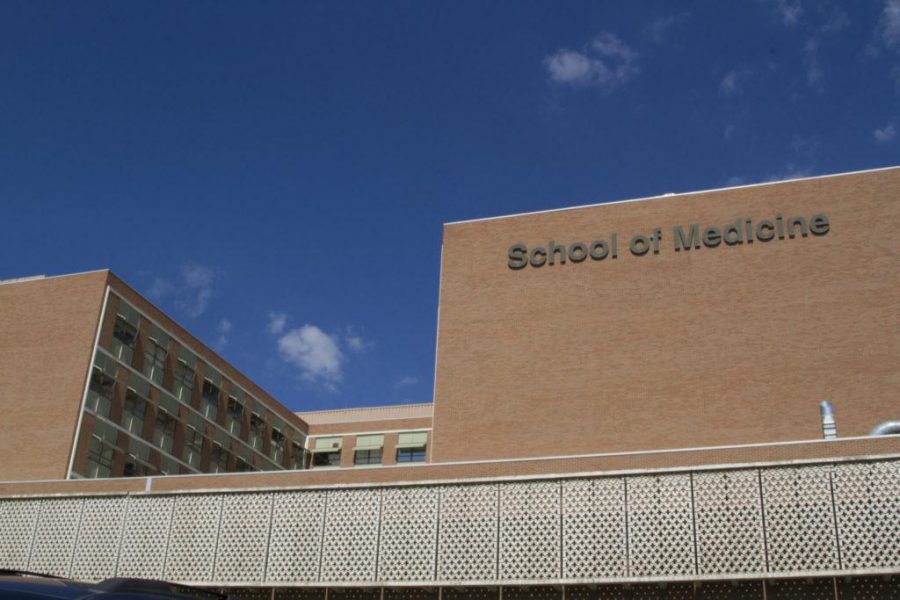Medical school is expensive. Of course, I knew that when I applied. I ended up enrolling in the cheapest medical school that accepted me: the U. Still, nothing prepared me for the hidden costs and innumerable financial barriers of medical education. With most programs, tuition is only the tip of the iceberg.
The application process alone can easily run up a bill in excess of several thousand dollars. Medical College Admission Test (MCAT) prep courses are expensive, but offer applicants that can afford them an important leg up in an increasingly competitive pool. The MCAT itself costs $310 to take. Applicants lucky enough to be invited to interviews are required to pay for flights and hotel rooms themselves. My undergraduate premed advisor recommended that I apply to around 15 schools, so when I was invited to interview, travel costs added up quickly.
Medical school is more of the same. Online study aids aren’t cheap, but they are needed. Mandatory licensing exams cost a total of about $2,000 and some require travel. Expenses like these, and others like health insurance, though required, are not covered in financial aid or federal loans.
According to the Association of American Medical Colleges (AAMC), the average medical student graduates with around $180,000 in debt. I believe that to many otherwise qualified candidates, especially those from disadvantaged socio-economic backgrounds, these costs are prohibitive.

As a result, fewer minority students are applying and graduating from medical school. Nationwide, Latinos and African Americans represent just six percent of the physician workforce each, and six and eight percent of applicants, respectively. This is a problem, especially in places like Utah where diversity among doctors is already so scarce. Consider, for example, that only one in four doctors in Utah are women.
According to the AAMC, “minority physicians are more likely to treat minority patients and indigent patients and to practice in underserved communities.” Furthermore, “relationships between patients and physicians of the same race or ethnic background also are characterized by higher levels of trust, respect and the increased likelihood that patients will recommend their physician to others.” Translation: when financial barriers restrict access to a medical education, minority communities are woefully underserved as a result.
Medicine has long been classified as an “old boys’ club.” The cost of a medical education is but one of many reasons that this continues to be the case and it is a barrier that must be knocked down if we are ever going to be able to achieve a more diverse physician workforce. In order to recruit the best and brightest applicants from all backgrounds and to offer better healthcare to our minority communities, medical education needs to be affordable for everyone.























Xavier • Nov 18, 2016 at 9:01 am
Great article. I appreciate you bringing this to light. As a medical student I understand that the debt load in medical school is no doubt a burden. I myself am lucky to have been raised in a good middle-class-income family and have had many education and work opportunities that others unfortunately don’t have the opportunity to enjoy. However, since high school I have been financially independent and have received no financial aid from my parents. I am sure many of my fellow colleagues in medical school can say the same. I have not seen this financial independence as a barrier. Your article states that the cost of medical school is prohibitive for those from lower-socio-economic backgrounds. Each medical school calculates the cost of living for their given area and provides an adequate amount of school loans that are available for students to live off of during their time in medical school (very tight and minimal, but adequate). These loans are provided to every student with no bias for different levels of socio-economic status. It is very doable to live off of these loans. I think it is a bit of a leap to say that the cost of medical school is “prohibitive” for anyone attending medical school given that we are all provided the means to get through it. While I agree with your idea that we need to seek ways to help provide a path for those from less fortunate backgrounds to receive higher education, I don’t think that the cost of medical school is the barrier. Maybe there’s something I’m missing here though. I’m open to more thoughts on this.
Xavier • Nov 18, 2016 at 9:01 am
Great article. I appreciate you bringing this to light. As a medical student I understand that the debt load in medical school is no doubt a burden. I myself am lucky to have been raised in a good middle-class-income family and have had many education and work opportunities that others unfortunately don’t have the opportunity to enjoy. However, since high school I have been financially independent and have received no financial aid from my parents. I am sure many of my fellow colleagues in medical school can say the same. I have not seen this financial independence as a barrier. Your article states that the cost of medical school is prohibitive for those from lower-socio-economic backgrounds. Each medical school calculates the cost of living for their given area and provides an adequate amount of school loans that are available for students to live off of during their time in medical school (very tight and minimal, but adequate). These loans are provided to every student with no bias for different levels of socio-economic status. It is very doable to live off of these loans. I think it is a bit of a leap to say that the cost of medical school is “prohibitive” for anyone attending medical school given that we are all provided the means to get through it. While I agree with your idea that we need to seek ways to help provide a path for those from less fortunate backgrounds to receive higher education, I don’t think that the cost of medical school is the barrier. Maybe there’s something I’m missing here though. I’m open to more thoughts on this.